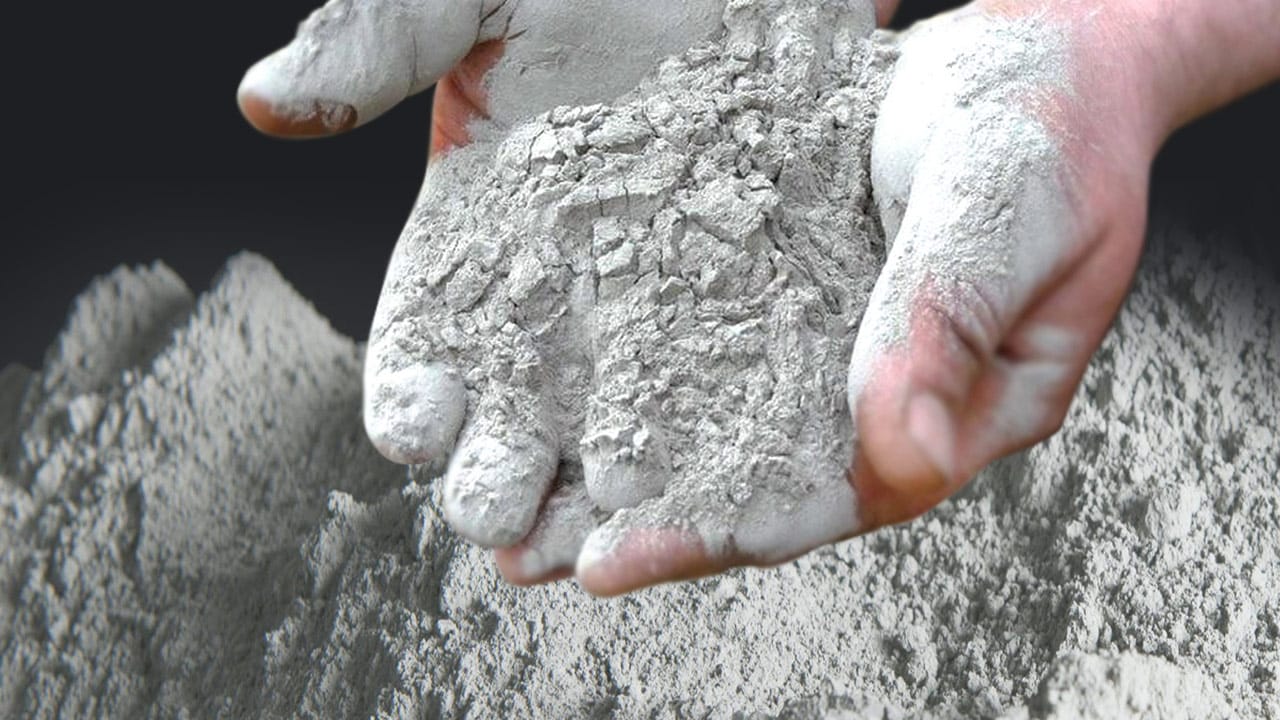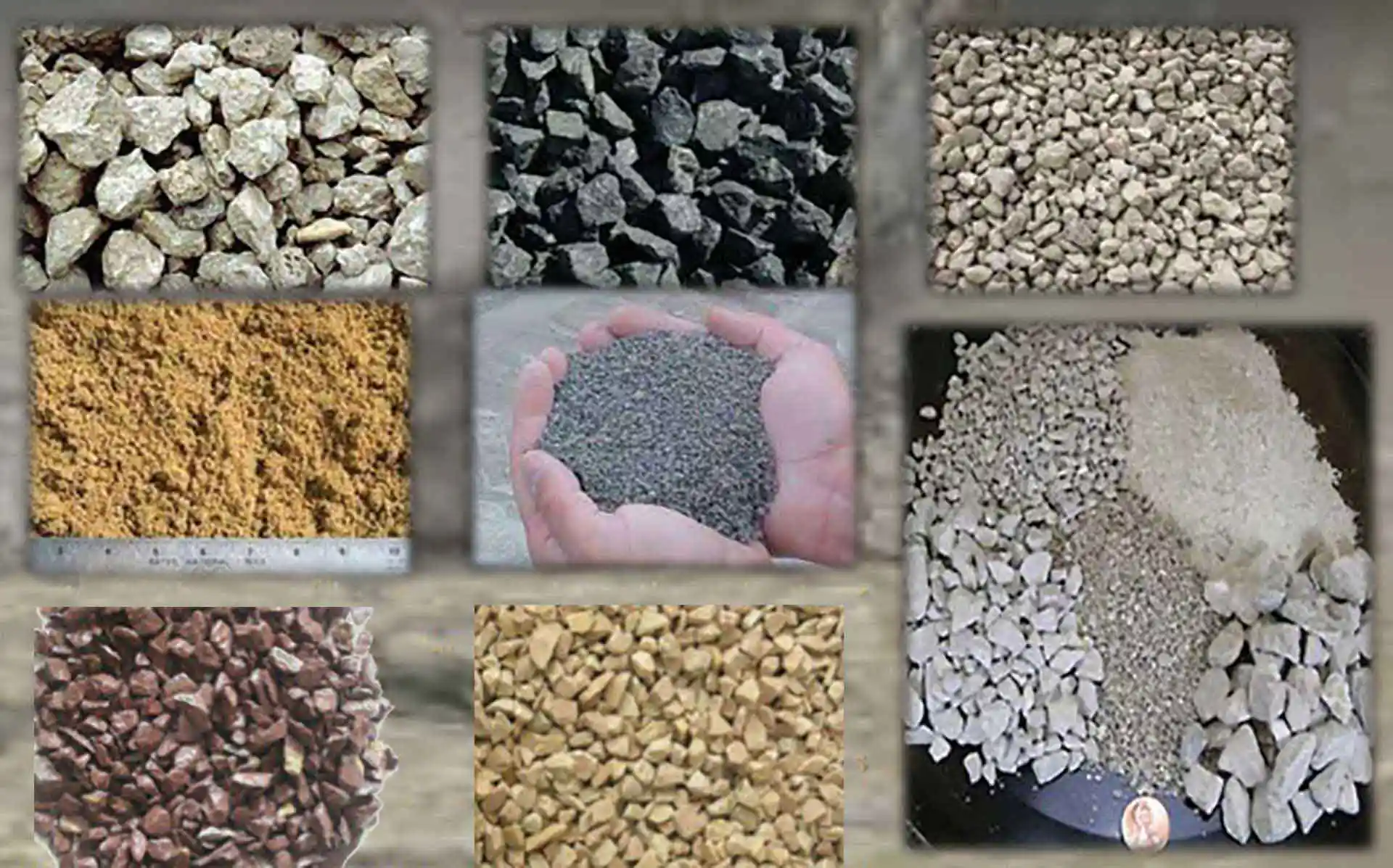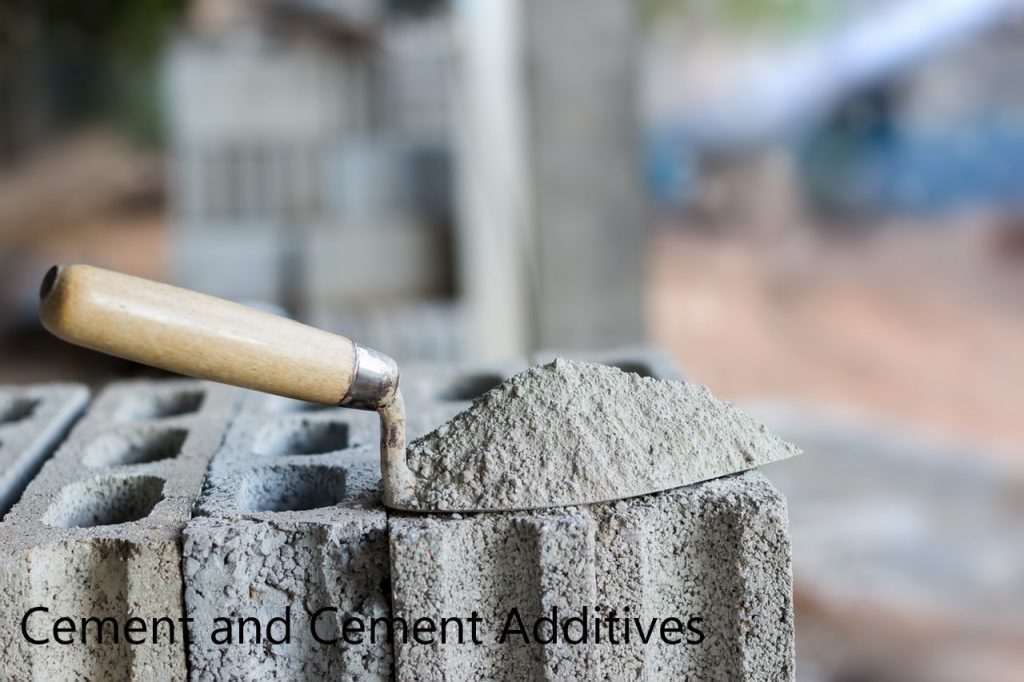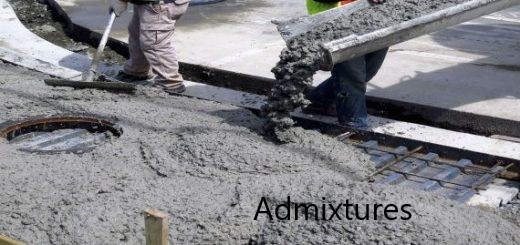Concrete is one of the most ubiquitous and versatile construction materials used in the civil engineering industry. It is composed of several ingredients in various ratios that combine to create a strong and durable material. Understanding the various ingredients of concrete and how they interact is essential for civil engineers and other professionals in the construction industry.
In this article, we will discuss the different concrete ingredients that are commonly used and their impacts on properties and performances.
The main concrete ingredients are cement, water, and aggregates (fine and coarse). In addition, there are additives such as admixtures and fillers that are commonly used to advance the properties of concrete as and when required depending on the requirement of the structure.
The general compassion of the concrete ingredients is as follows.
| Material | Composition |
| Cement | 10 to 15 % |
| Water | 15 to 20 % |
| Aggregates (coarse and fine aggregates) | 65 to 75 % |
Let’s discuss the main ingredient in concrete in detail.
Cement
Cement is the critical binder that helps hold everything together. It is a powder made from calcined limestone and clay. The cement reacts with water to form a paste that coats the aggregates and hardens over time. The hydration reaction of cement is exothermic, meaning it generates heat as it cures.
The four main clinker compounds, C3S, C2S, C3A, and C4AF, and the gypsum is added after grinding, makeup cement. To enhance particular qualities of the cement, the relative proportions of various components can be altered. The following table indicates the typical distribution of clinker materials as per the ASTM standard.
| Cement Type | Use of Cement | C3S | C2S | C3A | C4AF | CS̄2 |
| I | General purpose | 55 | 17 | 10 | 7 | 6 |
| II | Moderate sulfate resistant | 55 | 20 | 6 | 10 | 5 |
| III | High early strength | 55 | 17 | 9 | 8 | 7 |
| IV | Low heat of hydration | 35 | 40 | 4 | 12 | 4 |
| V | Sulfate resistant | 55 | 20 | 4 | 12 | 4 |
There are many types of cement that are used based on the requirement of the structure. Further, the content of the cement is varied based on the durability and strength requirements to produce different grades of concrete.

Water
Water is the second most important ingredient in concrete. It is used to hydrate the cement and form the paste that binds the aggregates together. Without water, concrete would be a dry, crumbly powder. Too much water, however, can compromise the strength and durability of the finished product.
Coarse Aggregates
Aggregates are the inert filler materials that make up the majority of concrete. They can be fine or coarse, depending on their intended use. Coarse aggregates are typically used in coarser concrete mixes, while fine aggregates are used in finer mixes. The size and distribution of the aggregates also impact the properties of concrete.
Since we need to have a gradation of materials, fine to coarse aggregate is for concrete production. The highest mass of the concrete is taken by the coarse aggregate becoming one main ingredient in concrete.
Fine Aggregate
Fine aggregate is the filler for the voids in the coarse aggregate one of the main ingredient in concrete. In the older days, the river sand was used as a fine aggregate. However, with the increasing demand for construction materials and the impact made on the environment with the extensive use of the river sand, alternatives were sought.
Manufactured sand and sea sand are not the most popular replacements for rive sand today. Out of those, the manufactured sand is more popular compared to the sea sand as it has many limitations such as removing the harmful chemicals in it.

Other Additives as Concrete Ingredients
When cement, water, and aggregates become the concrete ingredients of conventional concrete, modern concrete has changed it to a different level. There are many additions that can be added to the concrete to modify and advance its properties of concrete.
Some of such additives are as follows.
Admixtures
Admixtures are used to modify the concrete properties. addition of an admixture can change the setting time, reduce the water content, increases the workability of concrete, etc. there are many advantages of it.
New generation admixtures such as superplasticizers have brought this field to the next level.
Fly Ash
Fly ash is used as a replacement for cement. It is finer material than concrete. It is mostly used to reduce the heat of hydration. Generally, the cement content can be reduced by replacing it with the fly at up to 35%.
Silica Fume
One of the finest materials in concrete. It is finer than cement and fly ash. Silica fume has more surface area there so it can be effectively sued for construction.
Concrete Ingredients Mix Proportions
The ratio of these ingredients is very important in order to produce concrete that is strong and durable. The mix proportion of the concrete is determined based on several factors. Overall, the outcome of the mix proportion of the concrete comes with the concrete mix design. Concrete grades are connected with the following.
- Exposure condition
- Cover the reinforcement
- Water cement ratio
- Minimum cement content and cement content


